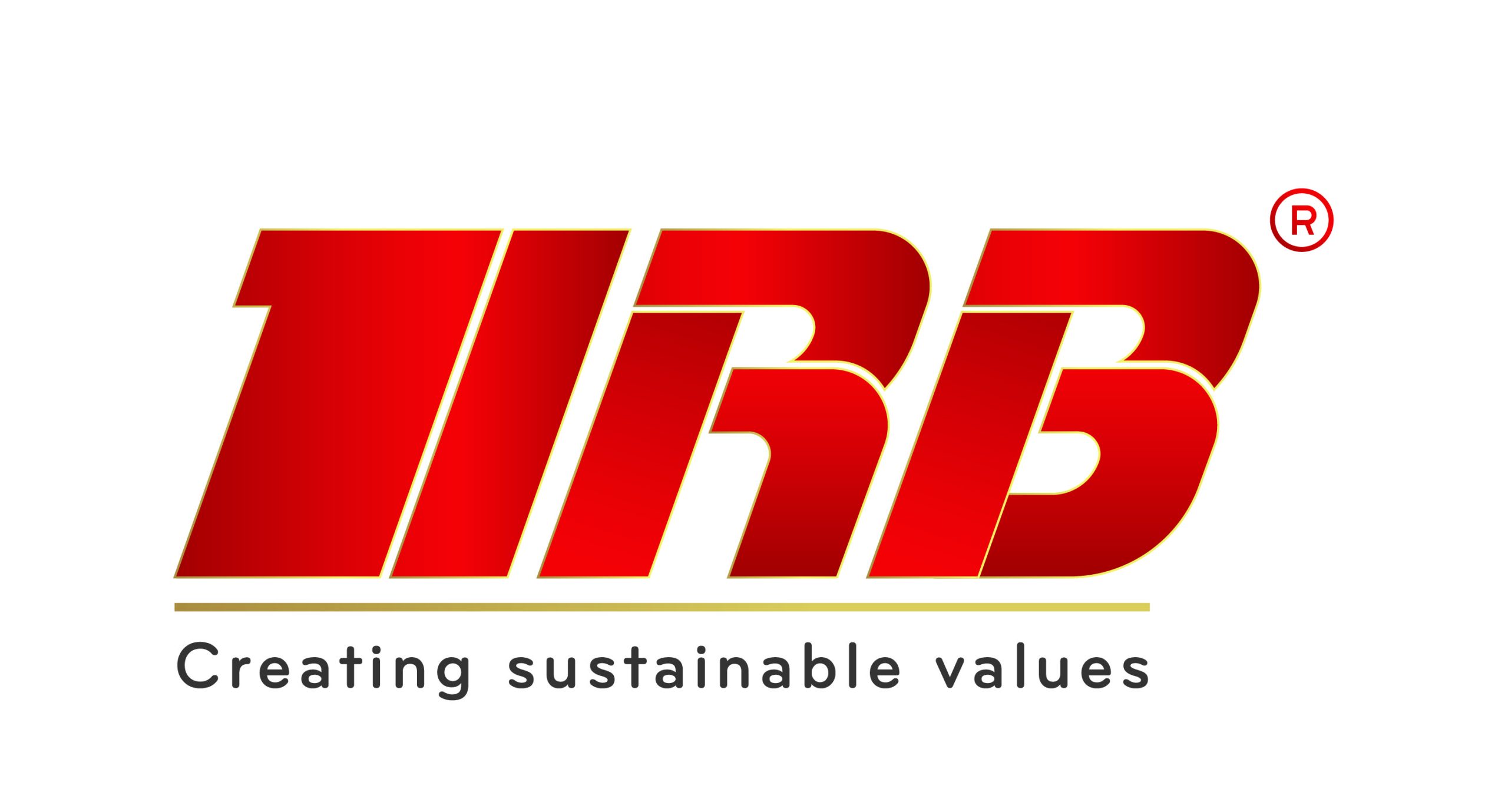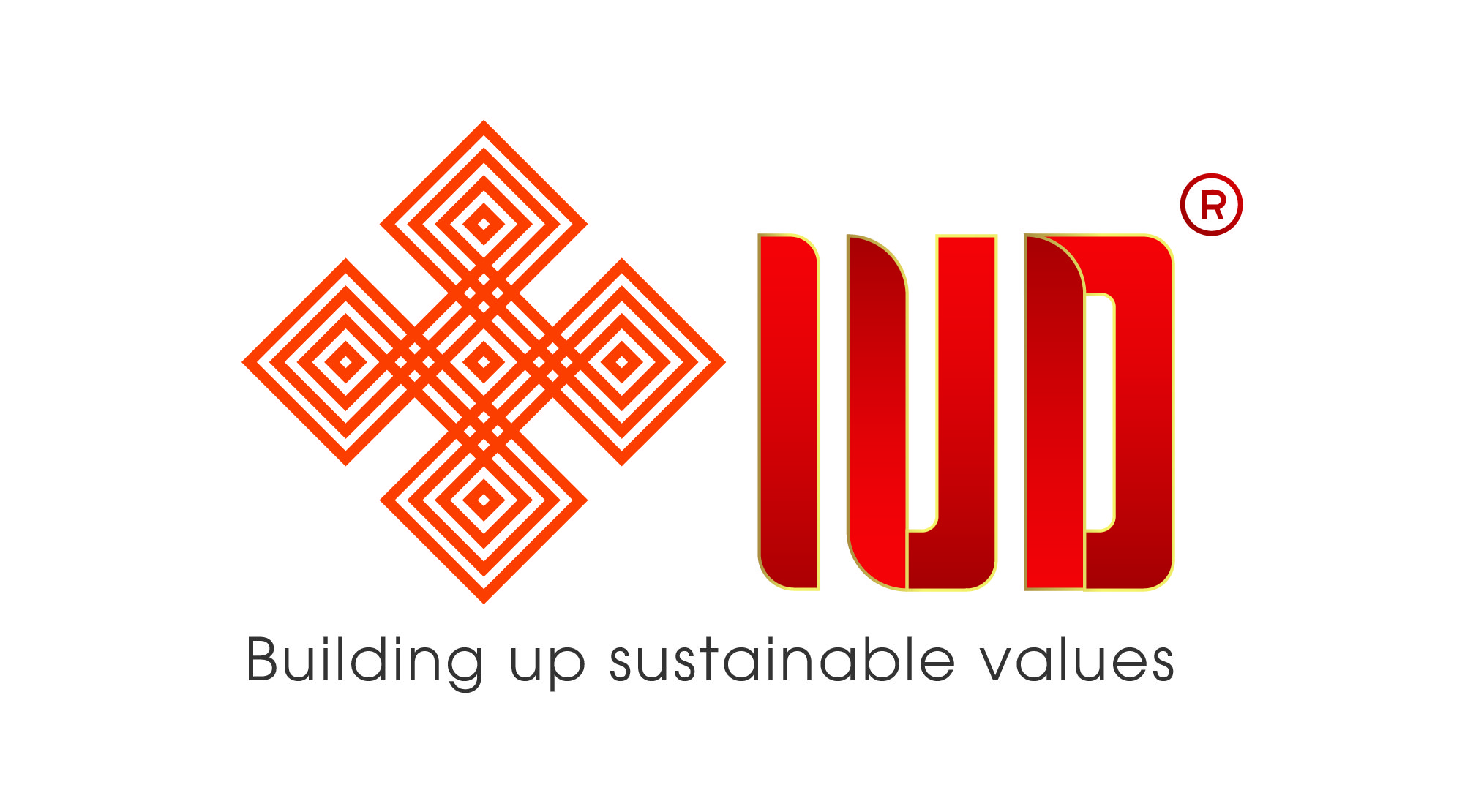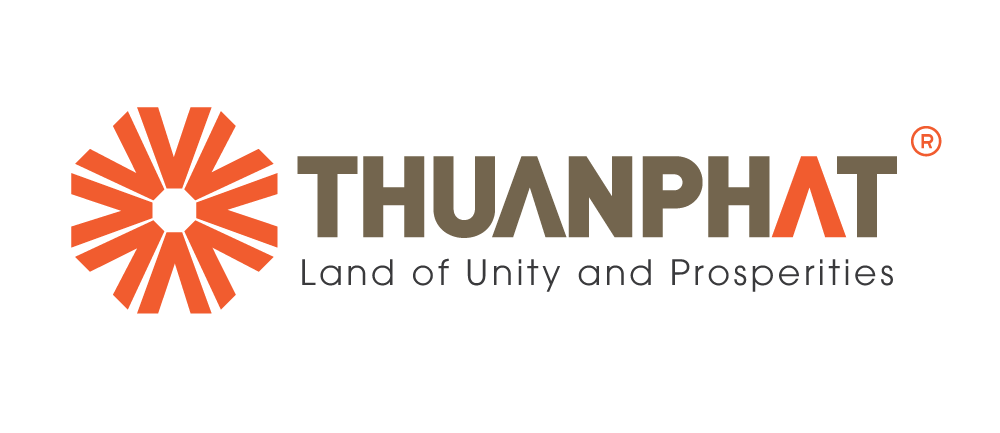
Natural rubber is a polymer of isoprene, an organic compound. Several countries in Southeast Asia and India are the leading natural rubber producers in the world. Commercially significant rubber products are produced by processing the latex obtained from the rubber tree. This material is very useful with its high elasticity, water-repellent properties and a large stretch ratio.

Rubber Sources
Natural rubber is obtained from many different sources, the most common being the Pará rubber tree (Hevea brasiliensis). It grows well in cultivated conditions and produces latex for several years. The vines in the genus Landolphia yield rubber in the Congo. These vines cannot be cultivated under cultivated conditions and this has led to large-scale exploitation of wild plants in the Congo. The latex also present in dandelion resin can be used to make rubber. Several other trees and plants have also been used to produce rubber.
History of Rubber Use
The indigenous cultures of Mesoamerica were the first to use rubber. Latex from the Pará rubber tree was extracted to produce rubber used to make balls for the Mesoamerican ball game. The Aztec and Mayan cultures then began to use rubber for various purposes such as making textiles and waterproof containers.
In 1736, the French explorer, Charles Marie de La Condamine, introduced rubber to the French Académie Royale des Sciences. This led to the publication of the first scientific paper on rubber.
In 1770, Joseph Priestley discovered that rubber could be used to remove pencil marks from paper. Gradually, other uses of rubber were discovered and its use became widespread throughout Europe. Trade soon began between the New World and Europe.
In 1876, 70,000 seeds of the Pará rubber tree were smuggled to England’s Kew Gardens. The seeds were then shipped to South Asian and Southeast Asian countries, where the plants began to be grown. The vulcanization process was discovered in 1839 and this led to the wider use of rubber.

Planting Rubber Trees
Rubber trees have an economic life on plantations of about 32 years. The plant requires well-drained and well-weathered soil. Laterite, alluvial, sedimentary and red soils that do not contain shale are best for the growth of these plants. Rainfall is evenly distributed with at least 100 rainy days per year and temperatures around 20 to 34°C are optimal conditions for the growth of Hevea rubber trees. Humidity around 80%, 2000 hours of sunshine and no strong wind are also needed for best results.
Production of Rubber
In 2013, nearly 28 million tons of rubber were produced in the world and natural rubber accounted for 44% of this production. Therefore, the price of natural rubber is influenced by the global crude oil price because synthetic rubber is derived from petroleum. In 2013, Thailand, Indonesia and Malaysia together accounted for 72% of the world’s natural rubber production. Although the Hevea tree is native to South America, cultivation there is limited due to the prevalence of leaf blight and other natural predators.
Top countries producing natural rubber in 2019 – 2020 (According to Statista.com)







